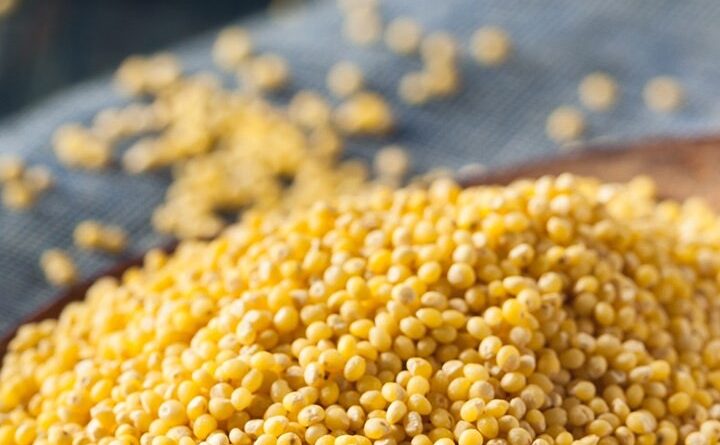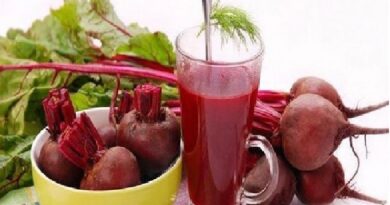Millets: Nutrient content and health benefits
Millet is called millet in English. Millet is not the name of any one grain, but the group of crops under coarse grains like ragi, bajra, jowar, kangni, kodo, kutki and sava, kuttu, chaulai, china crops are known as millet crops. Their English names are Finger Millet, Pearl Millet, Sorghum, Kodo Millet, Little Millet, Barnyard Millet, Buck-Wheat, Amarnath, Proso Millet respectively. These crops have been grown for thousands of years in asian and african countries other than India.
Coarse grains were used as the main food in ancient India. Even today, coarse grains are used as food by the economically weaker section living in rural areas of the country. The crops of the millet group are rich in nutrients. The United Nations has declared 2023 as the “International Millet Year” on India’s proposal to take advantage of the nutritional values of coarse cereals.

In fact, the crops of the millet group do not require much care or protection from pests. Apart from this, these crops can be easily grown even in less fertile soil. They mature faster than cereals like wheat, rice, due to which the inclusion of coarse grains in the daily diet will help in controlling the problem of malnutrition. Let’s see the information about nutrients and health benefits found in millets.
Nutritional Value Amount of Nutrients
According to the study report of Food Data Central, 100 grams of cereals of the millet group are rich in protein, 1.3 grams of fiber, 23.7 grams of carbohydrates, 44 milligrams of magnesium, 0.161 milligrams of copper and 100 milligrams of phosphorus. Which is equivalent to about 10 percent of our daily nutritional requirement.
In addition, manganese content is found to be 0.272 mg, which is equal to 20% of the daily nutritional requirement. These minerals, together with other vitamins obtained from the diet, help in making bones and brain healthy.
Scientific research studies have found that grains of the millet group contain high amounts of antioxidants. Which can be helpful in controlling the amount of glucose and cholesterol in the blood.
Health Benefits of Millet Millet
• Helpful in the control of diabetes type 2
Nutrition and Sustainable Diets According to research paper –
The amount of dietary fiber (polysaccharides starch) in millets slows down food digestion. Due to which the flow of glucose in the blood is slow. Which is helpful in the control of diabetes type 2.
• Reduces oxidative stress
According to a research study conducted in June 2014 –
“The amount of ferulic acid and catechin chemical compound present in millets act as antioxidants in protecting the body from harmful oxidative stress. Oxidative stress causes skin wound healing, digestive disorders, irritability, acid reflux, chronic fatigue, memory loss due to slowing down of the detoxification process of free radicals produced during the chemical action in cells.
• Helpful in reducing bad cholesterol
According to research papers on Millet Consumption on April 30, 2010 – Making millet a part daily can prevent heart disease and high blood pressure problems.
• Safe for people with gluten allergies
According to research studies – millet is safe for people with gluten allergies, gluten is a type of protein found in grains like wheat, rye and barley. On the complaint of allergy to this protein, after eating food, there is a problem of stomach pain, headache, joint pain, lack of blood, inflammation in the intestine, etc. Therefore, it is safe for such people to consume millets.
Apart from this, due to the high amount of fiber and low amount of carbohydrate in the grains of the millet group, weight control, constipation and stomach gas are also prevented.
How to use Millet as a dish how to use millet as a dish millet as a dish
There are more than 20 varieties of grains in the millet group. Of which, in India, mainly ragi, bajra, jowar, kuttu, chaulai are used as a variety of dishes. Ragi, bajra, jowar flour are used as bread, idli, dosa, pancake and dishes made from chaulai laddu and kuttu flour are used to eat in fasting.




